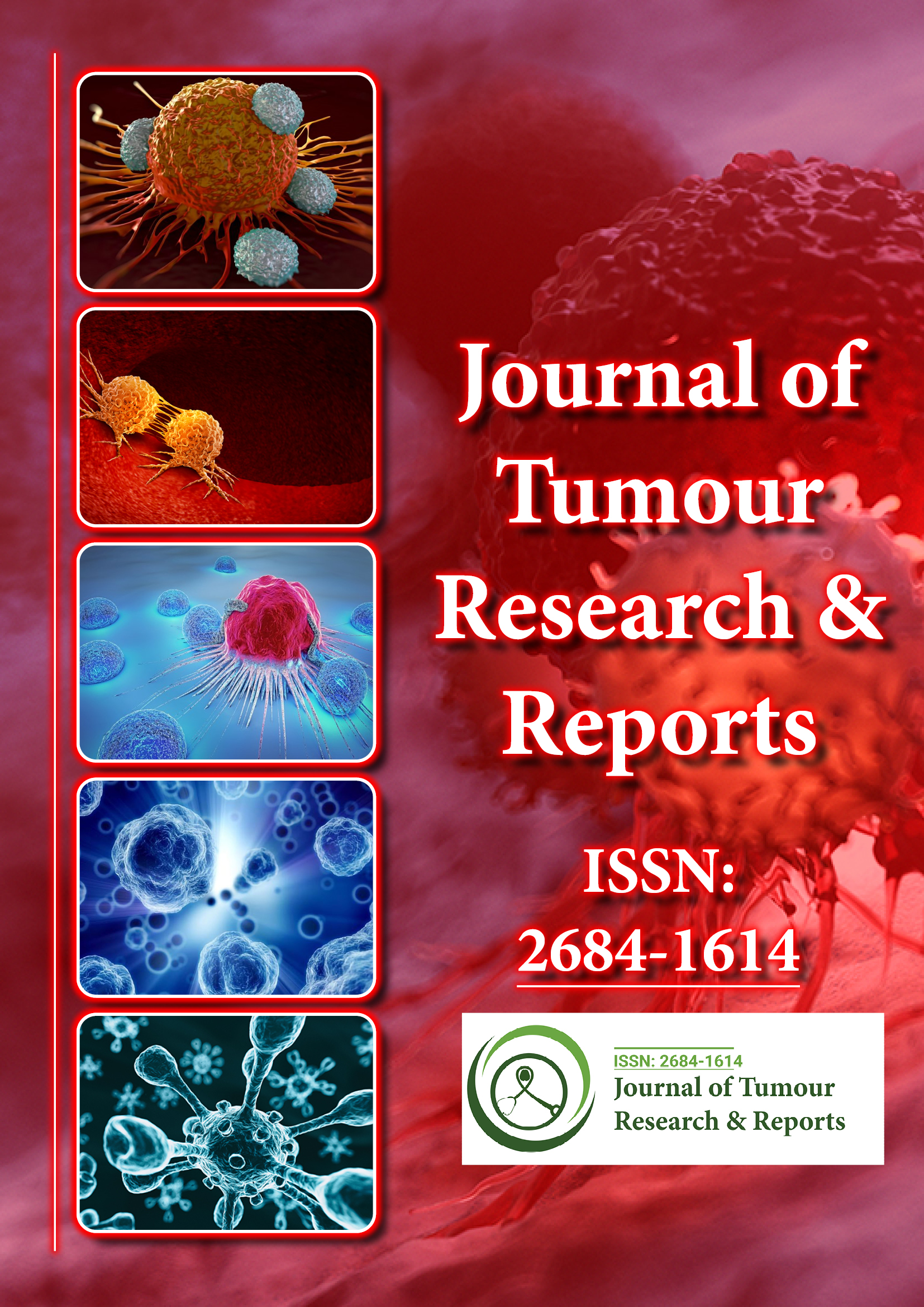インデックス付き
- レフシーク
- ハムダード大学
- エブスコ アリゾナ州
- Google スカラー
このページをシェアする
ジャーナルチラシ

概要
Prognostic Factors in Esophageal Cancer Patients after Definitive Radiotherapy using Simultaneous Integrated Boost-Intensity Modulated Radiotherapy (SIB-IMRT) and Late-Course Boost to Gross Tumor Volume (LCBGTV)
Keita M*, Shuguang Li, Cisse IK, Barry A, Xu Jinrui, Zhao Yan, Song chunyang, Li Juan, Su Jingwei, Xu Qingyong, Traore B2 and Zhu Shuchai*
Objective: To assess pre-treatment factors that can predict the outcome of simultaneous integrated boostintensity-modulated radiotherapy (SIB-IMRT) or Late-course boost to gross tumor volume (LCBGTV) and help to choose treatment strategies appropriate for individual patients. Methods: Data obtained from 174 esophageal cancer (EC) patients, including 51 patients in the SIB-IMRT group and 123 patients in LCBGTV-IMRT group were reviewed between 2008 and 2012. The primary outcome was overall survival (OS) and progression-free survival (PFS) comparison. Results: After the Propensity score matching (PSM) analysis, the 5 year OS rates and median survival in SIBIMRT group and LCBGTV-IMRT group were 52.4%, and 62.2 months and 37.7 %, and 49.6 months, respectively (p=0.491). The 5 year PFS rate was better in the SIB-IMRT group (27,6%; 95% CI :12.2 to 25.8 months) than in the LCBGTV-IMRT group (6.7%; 95% CI:8.5 to 15.5 months). Cox regression analysis revealed cTNM-stage to be the single independent prognostic factor for OS (p60 years, cT3-4 stage, N0/N1+2 status, cTNM-stage I-II, middle and lower tumor location, tumor length >5cm, GTV (≤30cm3 ) and radiation dose of >62Gy were more likely to demonstrate PFS and OS benefit from SIB-IMRT. Conclusion: Compared with LCBGTV- IMRT, ENI using SIB-IMRT provides both PFS and OS benefit to EC patients, especially in the following subgroup: male >60 years, cTNM-stage I-II, middle and lower tumor location, tumor length >5cm, GTV volume ≤ 30cm3 and radiation dose of >62Gy, respectively.